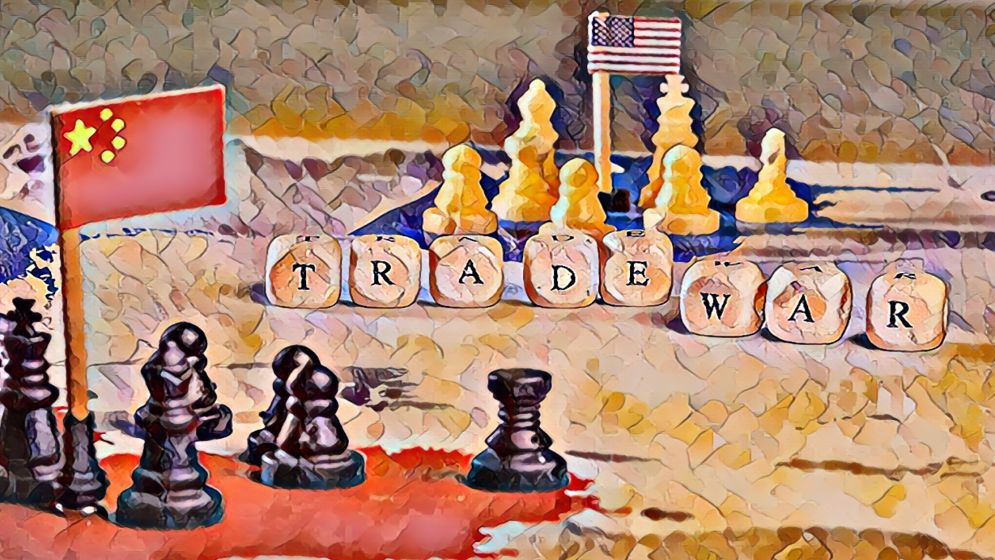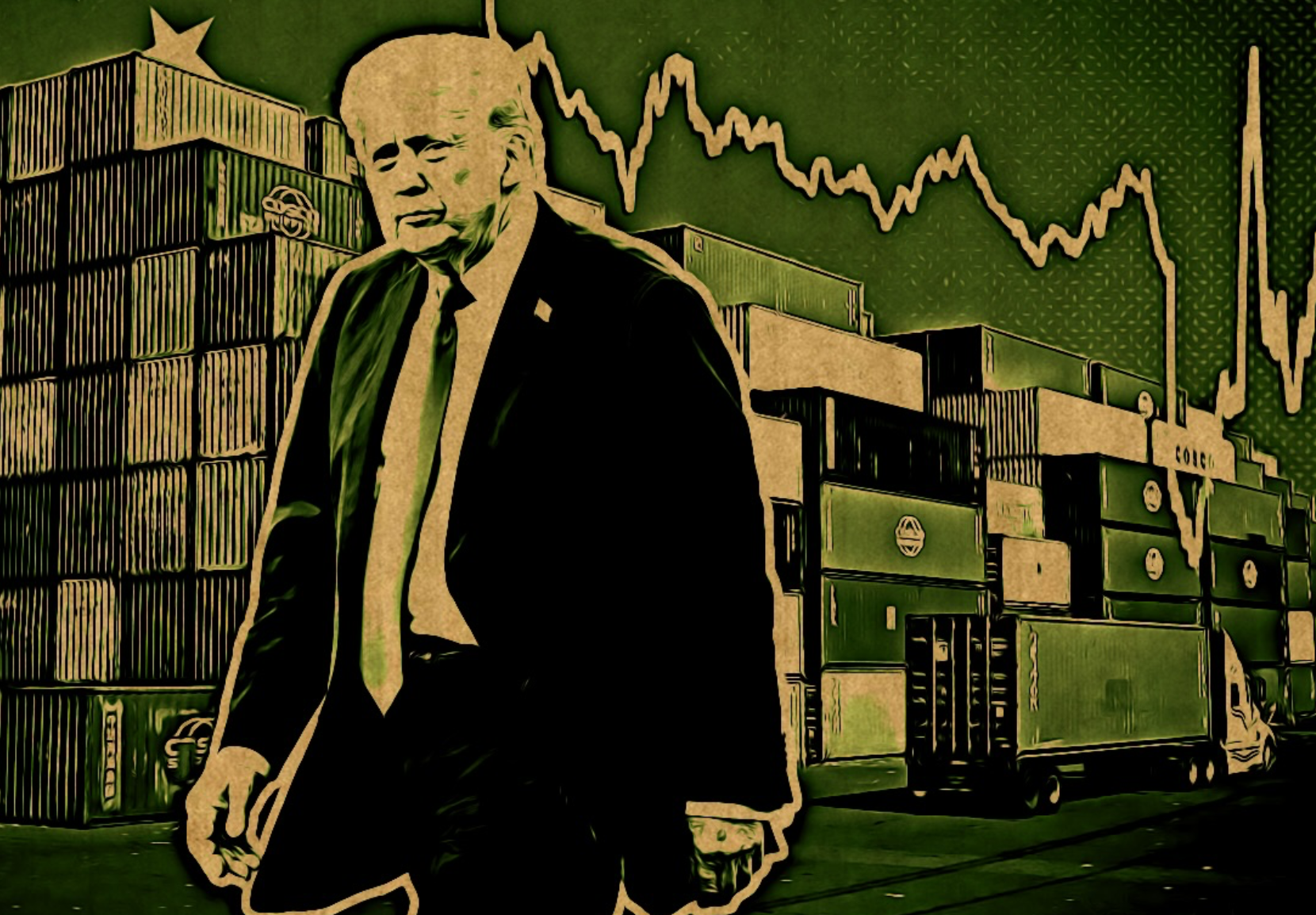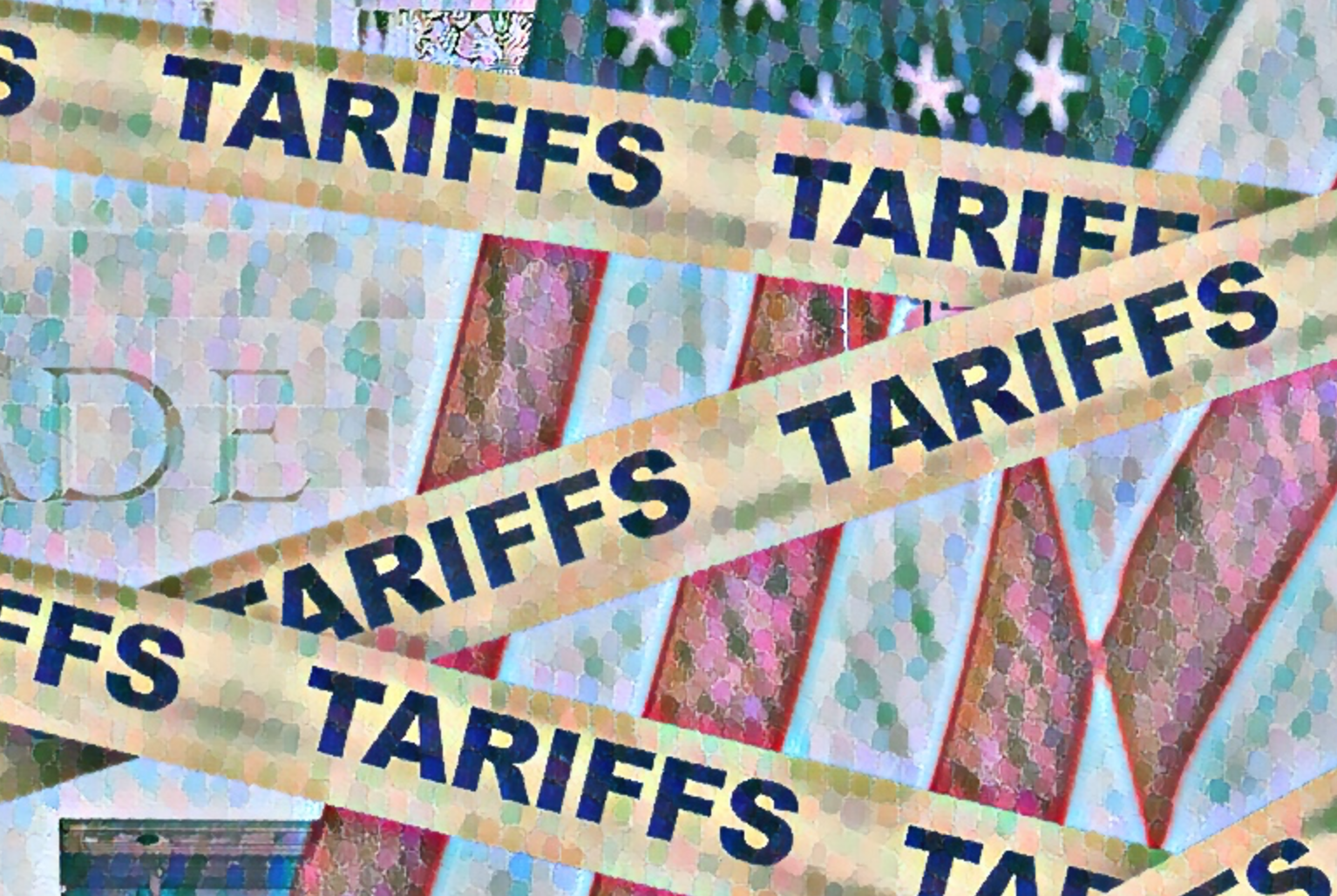Guess who’s bleeding the most with Trump’s tariff war? Not China…but the closest allies of the US

During Donald Trump’s first presidency, his economic war on China was loud and theatrical. But beneath the bluster, it was Asia’s closest U.S. allies–Japan and South Korea–that quietly absorbed the damage.
With the return of Trumpism in Washington, history is not only repeating–it’s sharpening its teeth.
The economic data already hints at the fallout. In the first quarter of this year, China's economy grew at a respectable 5.4% year-on-year. Japan, meanwhile, contracted 0.7%. South Korea shrank by 0.2%.
These numbers predate the new round of Trumpian tariffs–but the anxiety in the air is unmistakable. The policy signals coming from Mar-a-Lago, where chaos is a feature not a bug, were enough to spook investors across Asia in March.
The pain will deepen in the months ahead. Trump’s return threatens to deliver a perfect storm to Asia’s second- and fourth-largest economies. A 25% tariff on Japanese auto exports is on the table. So is a retaliatory 24% tariff if Tokyo dares to push back in upcoming trade talks.
This is economic blackmail masquerading as diplomacy.
And it comes at a politically sensitive time for Japan. Prime Minister Shigeru Ishiba’s Liberal Democratic Party is entering a high-stakes election for the upper house in about two months.
With approval ratings hovering in the low 30s and recession alarms ringing, the LDP’s hopes of maintaining a governing majority are dimming by the day.
Ishiba is no Abe. He has been openly skeptical of rekindling the performative bromance that former Japanese Prime Minister Shinzo Abe once choreographed with Trump 1.0.
But resisting Trump 2.0 may prove to be Ishiba’s most rational decision yet. Japan cannot afford to be dragged into another round of U.S.-authored economic self-sabotage–not when it holds the largest portfolio of the U.S. Treasury debt and Washington's credit rating just took a hit from Moody’s.
In Seoul, the story is no less fraught. Following the impeachment of Yoon Suk Yeol, South Koreans are preparing for a pivotal election on June 3.
Polls suggest left-leaning Lee Jae-myung and his Democratic Party are poised for a comeback, promising political reform to restore trust in institutions.
But Lee’s real test will come on the economic front. The shadow of tariff volatility is already eroding confidence among Korean households and businesses.
The threat of a full-scale trade freeze–between their biggest ally and their biggest trading partner–leaves South Korea caught in the crossfire.

Volatility of Trumpism
Granted, South Korea’s economic contraction has been mild—so far. But the real story lies beneath the decimal points.
Seoul is entering the Trump 2.0 era not just with economic vulnerabilities, but in the middle of a political tailspin that began with one of the most reckless decisions by a sitting leader in recent Korean history.
On December 3, former President Yoon Suk Yeol attempted to impose martial law in a last-ditch effort to cling to power. The backlash was swift, but the damage was lasting.
Though the Supreme Court finally removed Yoon from office in early April, the five-month interregnum that followed was lost time–time Seoul desperately needed to shield itself from the oncoming economic storm.
Instead of preparing for trade volatility, lawmakers were locked in institutional paralysis. No reforms, no competitiveness agenda, no action on property inflation or household debt, which is now hovering at near-record highs.
Most troublingly, there was no movement to rein in the chaebols–the massive family-run conglomerates that dominate South Korea’s economy and choke off innovation.
Now, the next government will inherit a crisis without the luxury of a honeymoon. The June 3 election may produce a fresh mandate, likely for Lee Jae-myung and the Democratic Party, but the clock is already ticking.
Take South Korea’s long-running campaign to be upgraded to “developed market” status by MSCI, the global index behemoth. That decision typically comes by late June. But after months of dysfunction, Seoul has only deepened the case for why the so-called “Korea discount” persists.
And across the Sea of Japan, the picture is equally grim.
Prime Minister Ishiba is bracing for an uphill battle. Japan’s economy, already sagging under the weight of an export squeeze, is now at risk of tipping into a Trump-induced recession.
With the Bank of Japan shifting away from ultra-loose monetary policy, the usual tools to stimulate growth are off the table. That leaves Ishiba with few options as layoffs pile up at industrial giants like Nissan, Panasonic, and Japan Display.
Even this year’s shunto wage negotiations–a key moment for boosting domestic consumption–are in jeopardy. With tariff threats clouding future prices and trade flows, wage gains inked today may not hold water tomorrow.
Ironically, Ishiba’s most touted achievement–fiscal restraint in a time of global largesse–now risks becoming his political undoing.
Austerity may win applause in Davos, but it does little to comfort factory workers facing pink slips or a middle class watching its purchasing power erode.

Where lies the real
fight
Make no mistake: Japan and Korea are taking the hits now, but Trump’s real fixation lies with Beijing.
His economic crusade against an $18 trillion Chinese economy, still wrestling with deflation and debt overhang, threatens to destabilize the entire region. And for what? Another performative showdown, another short-term political boost in Iowa?
It’s hard to see how any of this serves U.S. interests–let alone those of its supposed allies. From Dhaka, where I sit, the whole episode reads like déjà vu in technicolor: the whole regional economy of Asia throttled not by Beijing’s aggression, but by Washington’s impulsiveness.
The last time Trump weaponized trade, Asia bent but didn’t break. This time, the fractures may run deeper–and the fallout may reach further.
It would be naïve to interpret any momentary pause in Trump’s tariff crusade as a sign of strategic reconsideration. The idea that he might “blink” on import taxes misunderstands both the man and the movement he leads.
Trump doesn’t blink–he broods. And when he feels cornered, especially by Beijing, he lashes out.
The odds are overwhelming that the tariffs will return–and with greater vengeance. Trump has long sold tariffs as cure-alls: they win trade wars, raise government revenue, restore domestic manufacturing, and punish cheaters.
It doesn’t matter that none of this has ever held up to empirical scrutiny. It’s the mythology that matters. And Trump, famously allergic to admitting error, is not about to shrug and say, “I was wrong.”
Especially not now. Not when early signs suggest that Xi Jinping’s team isn’t in a particularly conciliatory mood. Not when the political optics in the U.S. favor confrontation over compromise.
And not when his base cheers every hit on China–even if the shrapnel wounds America's own allies in the process.
In just a few months, Trump has managed to inject a near-COVID-level shock into global supply chains, sending costs soaring and diplomatic tempers flaring. This is a slow-rolling geopolitical disaster–and the worst may be yet to come.
Before long, South Korea’s next president–whether it’s Lee Jae-myung or another successor—will find themselves in that now-familiar position: seated across from Trump in the Oval Office, looking like a reluctant extra in one of his hostage-video-style photo ops. Japan’s Ishiba may suffer the same fate.
The power dynamic will be stark, and the script already written. But here’s the lesson Asia must take to heart this time: don’t fold.
Caving to erratic U.S. pressure only deepens dependency and invites more punishment. Instead, the smarter path is to mobilize fiscal and monetary firepower to stabilize domestic demand, accelerate overdue structural reforms to boost innovation and productivity, and–most of all–rethink alliances.
Asia needs allies who won’t weaponize the global economy in pursuit of campaign talking points. Allies who won’t throw partners under the economic bus for a poll bump in Ohio.
Allies who believe in multilateralism not just when convenient, but when it’s hard.
—
Md Sazzad Amin is an entrepreneur and an armchair political analyst

